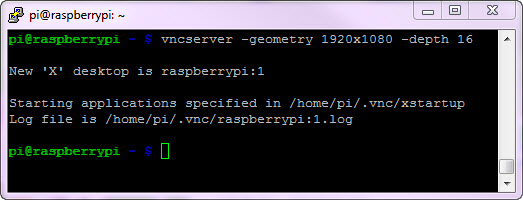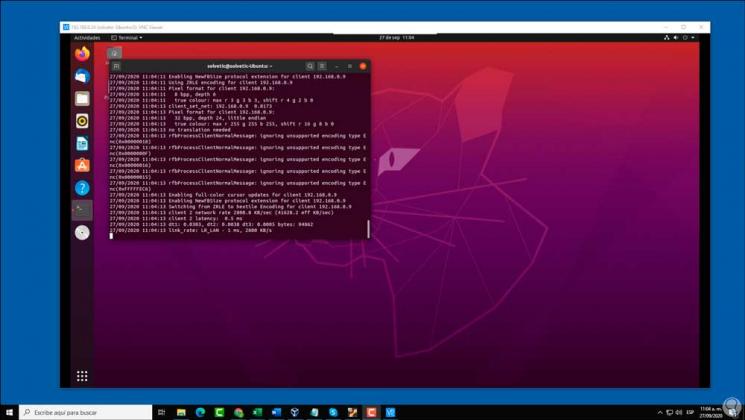
Take note of the display number associated with the session.To verify whether a VNC session is already running, use the “-list” argument: $ vncserver - list TigerVNC server sessions : edu : 2 Starting applications specified in / homes / nemo /. 0.1 New '.edu:2 (nemo)' desktop is linux - lab - 069.ece. You can start a VNC session by using the vncserver command as follows:.(Technically you don’t need to set up a new VNC password if you’ve previously created one, but doing this each time ensures you remember what it is!)Note that while you’re typing your password on Linux, you will not see any feedback at all (no asterisks). Note that VNC passwords must be 8 characters or less – if you type a longer password, everything after character eight is ignored. Set a VNC password by running vncpasswd at the command prompt.Open your terminal program and connect to one of the Linux Lab systems using SSH.If you’re not sure of the name of the machine to which you’ve connected, use the hostname command:.In the examples below, .edu is being used (and the example user’s NetID is nemo). The Mac has one built-in – it’s located at Applications -> Utilities -> Terminal.


#Open in terminal killed silently in vnc software
The VNC software unfortunately does not appear to be compatible with other Java engines. The following software is required – it works on both Windows and macOS: VNC sessions will not start if your account is over the disk quota. The ECE Linux Lab systems have VNC software installed. VNC ( Virtual Network Computing) allows graphical programs to be run remotely with the ability to reconnect to that session should the network connection fail.


 0 kommentar(er)
0 kommentar(er)
